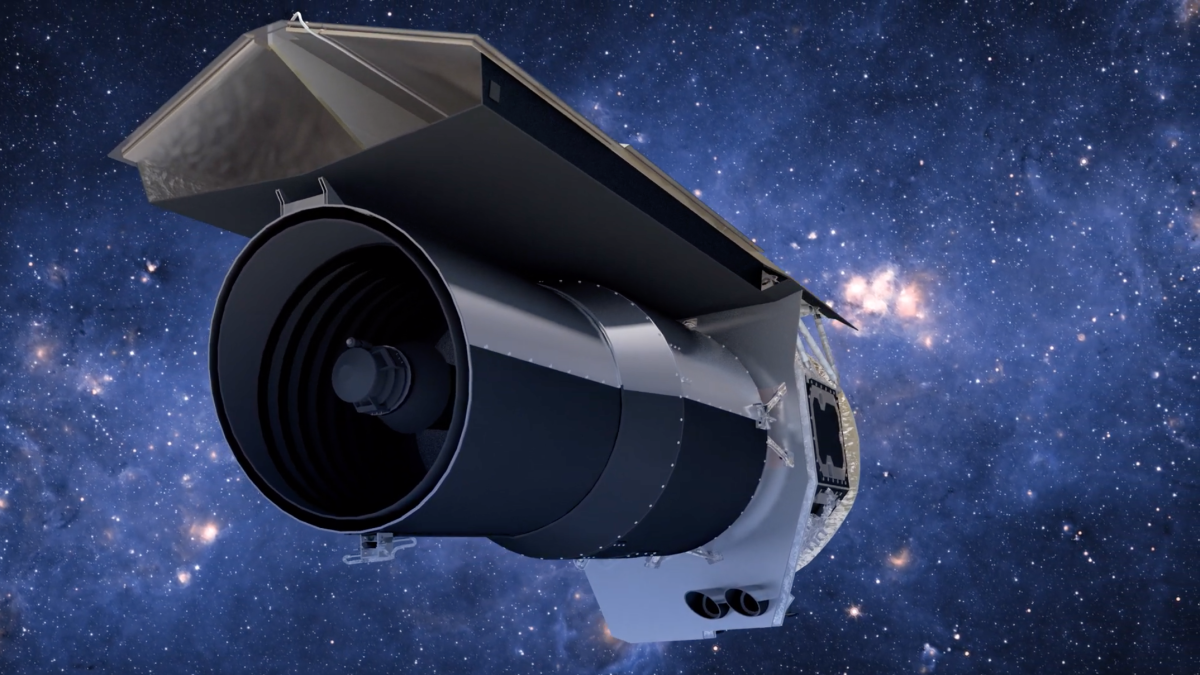
The best infrared eye in the universe has closed, and scientists will need to wait at least a year before any similar instrument is at work again.
NASA turned off its Spitzer Space Telescope yesterday (Jan. 30), ending a 16-year mission. The agency at first stretched the observatory’s tenure to overlap with that of the next great infrared space telescope, the James Webb Space Telescope. But as that instrument continued to miss schedule targets, with a March 2021 launch currently targeted, NASA eventually concluded that a year’s gap in infrared observations of the universe wouldn’t harm science.
And so yesterday, NASA said farewell to the Spitzer and scientists said farewell to fresh data about the infrared cosmos.
Spitzer launched in 2003, designed for a 2.5-year mission. But like so many other NASA missions, it far outlived its original directive. Even after it ran out of the coolant needed to keep its most temperature-sensitive instrument working, Spitzer continued to gather valuable scientific data.
But Spitzer’s end has been coming since 2016, when NASA conducted a regular review of its missions and decided that it wasn’t worth operating the telescope once its successor came online. “The decision was made that the Spitzer mission should end as the James Webb mission was beginning,” Paul Hertz, director of the astrophysics division of NASA’s Science Mission Directorate, said during a news conference held on Jan. 22.
To that end, NASA extended Spitzer’s mission twice more, to keep pace with delays in launching Webb, settling on this week’s shutdown after Webb’s launch was scheduled for March 2021. “The time has come for the Spitzer mission to end as we move on to the launch of James Webb next year,” Hertz said.
The gap between telescopes could still lengthen; on Jan. 28, the Government Accountability Office released an oversight document about the James Webb Space Telescope reporting that the observatory had just a 12% chance of meeting the March 2021 launch target. Because of lost padding time in the project’s schedule, a more feasible launch date would fall in July 2021, the agency found.
And once the James Webb Space Telescope does launch, it won’t be quite the same. Although both observatories can sense infrared light, they aren’t quite interchangeable. Spitzer and Webb are targeted to two different ranges of infrared, with Webb primed to see shorter wavelengths — closer to visible light — than Spitzer did.





























